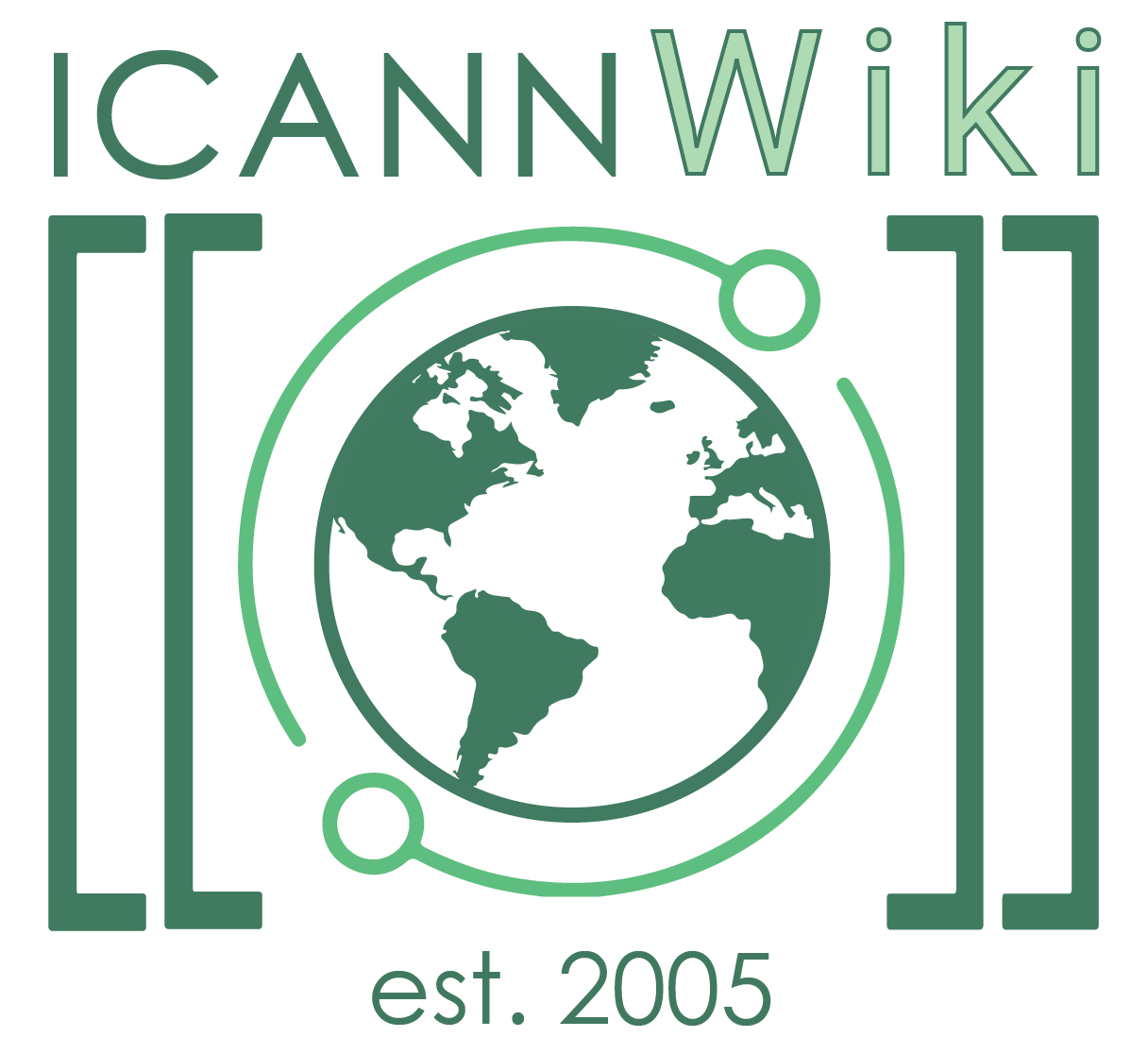Root Zone Label Generation Rules
Root Zone Label Generation Rules (RZ-LGR) define a conservative mechanism to determine valid Internationalized Domain Names (IDNs) and their variant labels.[1]
Process
First released in 2012, the process for developing RZ-LGR currently follows the Procedure to Develop and Maintain the Label Generation Rules for the Root Zone in Respect of IDNA Labels, last updated in 2013. Broadly speaking, Step #, a Generation Panel makes a broad set of code points for the relevant script, called the "Maximal Starting Repertoire," and proposes Label Generation Rules. Step #, the team's proposal is reviewed by the ICANN Community through Public Comment and then by the Integration Panel for approval and integration into the LGR for the Root Zone.
Versions
Root Zone Label Generation Rules Version 1 (RZ-LGR-1) covered the Arabic script.
Root Zone Label Generation Rules Version 2 (RZ-LGR-2) covered Arabic, Ethiopic, Georgian, Khmer, Lao and Thai scripts.
Root Zone Label Generation Rules Version 3 (RZ-LGR-3) covered Arabic, Devanagari, Ethiopic, Georgian, Gujarati, Gurmukhi, Hebrew, Kannada, Khmer, Lao, Malayalam, Oriya, Sinhala, Tamil, Telugu, and Thai scripts.
Root Zone Label Generation Rules Version 4 (RZ-LGR-4) covered Arabic, Bangla, Chinese, Devanagari, Ethiopic, Georgian, Gujarati, Gurmukhi, Hebrew, Kannada, Khmer, Lao, Malayalam, Oriya, Sinhala, Tamil, Telugu, and Thai scripts.
Root Zone Label Generation Rules Version 5 (RZ-LGR-5), the latest version, covers twenty-six scripts:
- Arabic
- Armenian
- Bangla
- Chinese (Han)
- Cyrillic
- Devanagari
- Ethiopic
- Georgian
- Greek
- Gujarati
- Gurmukhi
- Hebrew
- Japanese (Hiragana, Katakana, and Kanji [Han])
- Kannada
- Khmer
- Korean (Hangul and Hanja [Han])
- Lao
- Latin
- Malayalam
- Myanmar
- Oriya
- Sinhala
- Tamil
- Telugu
- Thai[1]
References
ICANNWiki resources: Special Pages | Content Guide | Documentation | Development || Maintenance: Articles needing attention | Candidates for deletion || Projects: Internet & Digital Governance Library
